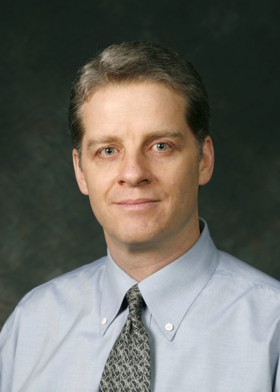Contact
Research
Specialty: Acoustics and Audio. Excitation, measurement, modeling, and control of sound fields. Transducers, active control of sound and vibration, energy-based acoustics, and acoustical measurements.
Supervised Theses and Dissertations
Professional Bio
Tim Leishman received a bachelor’s degree in physics from Brigham Young University in 1990 and a Ph.D. in acoustics from Penn State University in 2000. His research at Penn State focused on active control of sound transmission through partitions. Before, during, and after his formal education, he worked as an audio systems specialist, loudspeaker designer, audio and acoustical consultant, and acoustical researcher. Between 1992 and 1996, and periodically to the present, he has worked as an independent audio and acoustical consultant. From 1997 to 2000, he was a senior acoustical researcher for Crown International and the Crown Audio division of Harman International. From 2000 to 2021, he was a full-time physics (acoustics) professor and researcher at BYU. He currently conducts freelance acoustical and audio research.
Tim thoroughly enjoys researching, developing, designing, training, and leading projects in acoustics and audio and sharing his experience and enthusiasm for these fields with students, colleagues, and others. He has mentored and trained many graduate and undergraduate students who are now researchers, university professors, acoustical consultants, loudspeaker designers, headphone designers, audio system designers, hearing aid designers, acoustic system engineers, noise and vibration control engineers, acoustic signal processing specialists, software developers, and entrepreneurs.
Tim’s professional expertise and interests include general, audio-related, and architectural acoustics; electroacoustics; acoustical measurements and instrumentation; acoustical laboratory design and construction; loudspeakers, microphones, and other transducers; directivities; circuit analogies; audio systems; equalization; recording studios; listening and control rooms; microphone methods; energy-based acoustics; passive and active noise control; active sound transmission control; acoustic signal processing; and university-level teaching. He enjoys taking the initiative and combining scientific, technical, and hands-on skills with a dedicated and detail-oriented mindset to accomplish excellent results.
